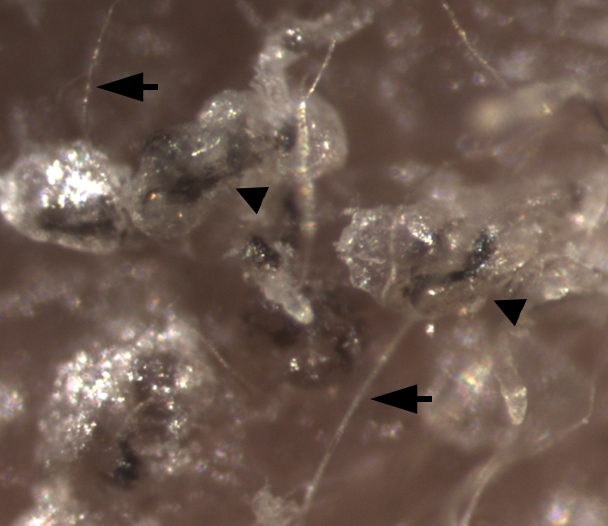News from Cotsarelis and University of Pennsylvania http://www.uphs.upenn.edu/news/News_...es/2014/01/xu/
Study in question: http://www.nature.com/ncomms/2014/14...comms4071.html
Study in question: http://www.nature.com/ncomms/2014/14...comms4071.html


Comment